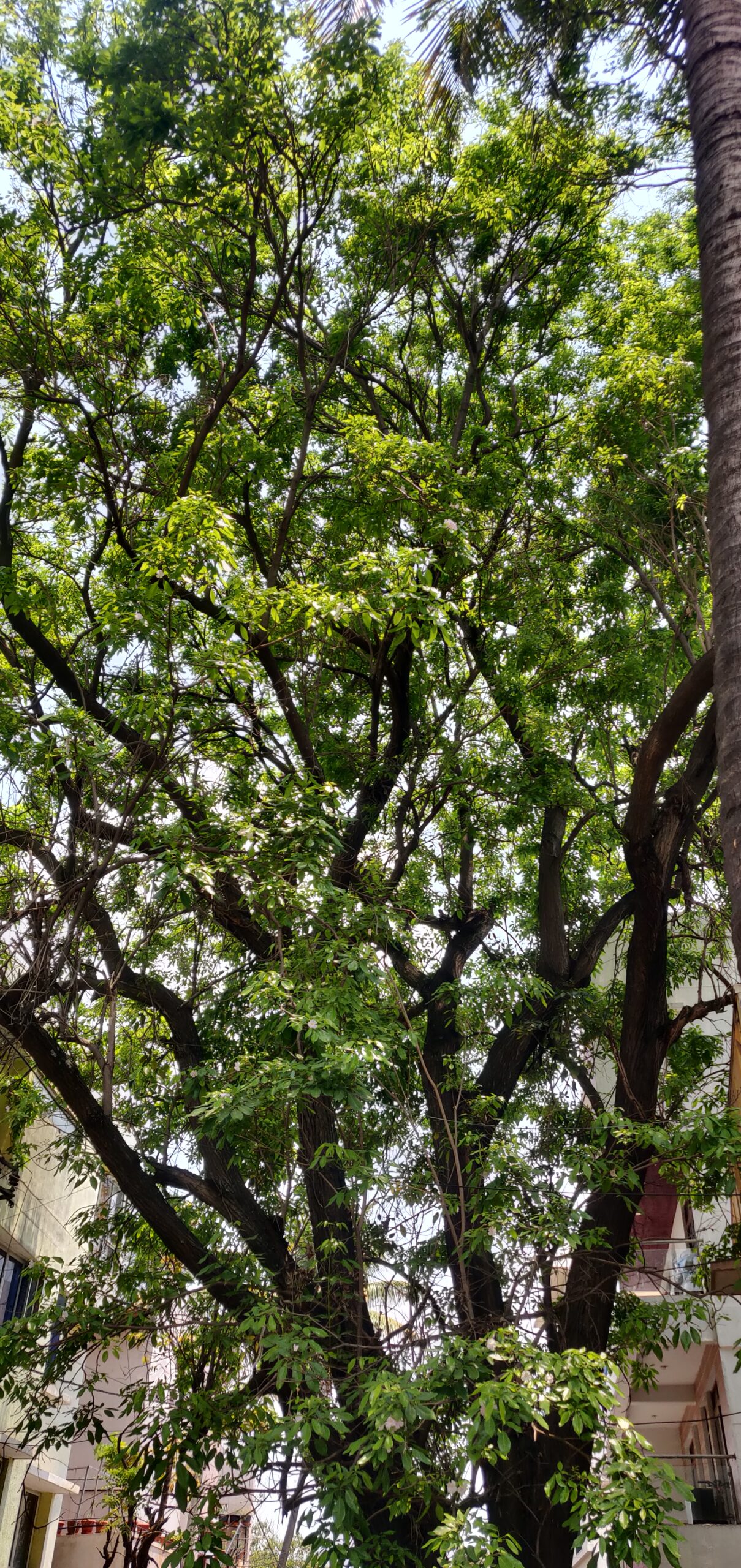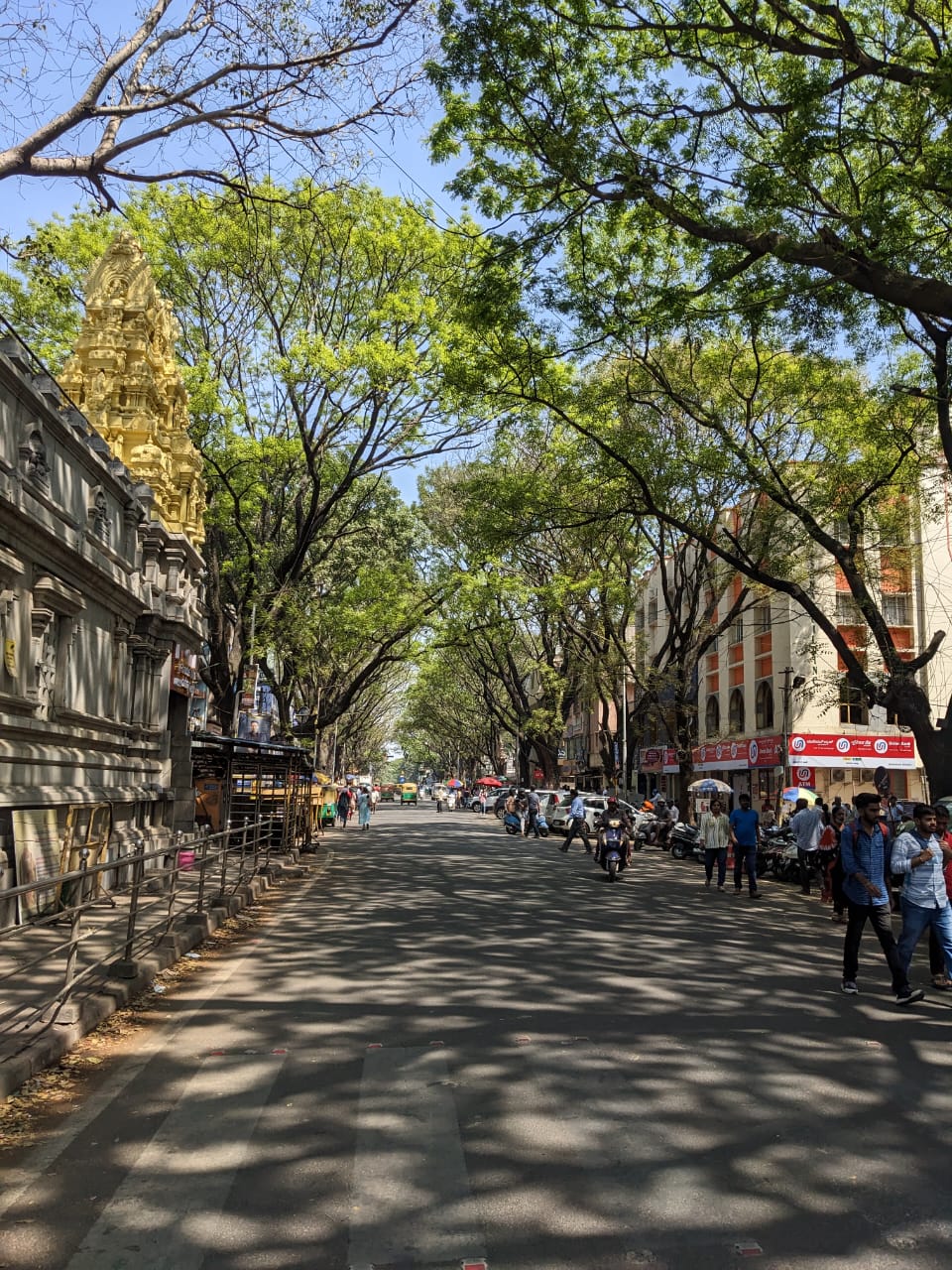Vanishing Act
As trees in metros are felled thoughtlessly, the effects are telling
The average Bangalorean today is given to complaining on traffic and weather. While traffic woes have become an accepted norm and settled into the framework, the couple of months of sweat and heat are an emerging phenomenon and topic for small talk! It was not so hot a few years ago… this is just like Chennai or Mumbai…
Now, here are some facts. In the last decade alone, the city lost 12.9 square kms (around 1800 football grounds) of moderate tree cover, according to the State of Forest report of 2021.

Other reports claim that in five years, the tree cover has come down from 70 per cent to 2 per cent. Over 6000 trees have been felled for the metro work alone, and more will be.
Brace yourself! From 1973-2019, there has been a whopping 1055 per cent increase in paved surfaces as recorded and cited by the ENVIS Tech report of May 2021 from the CES department at IISc. Led by Prof T V Ramachandra the team called a halt to further industrialisation and asked that new projects move to other cities. The report called on civic bodies to stop issuing NOCs for building projects in a city stressed for oxygen and water! It is anyone’s guess if the plea was heard. Assuming that everyone was caught in the covid whirlwind then, can we hope for action now?
From a built up area (concrete) of 7.97 per cent in 1973 to 93.26 per cent in 2020, and vegetation dropping from 68 to 3 per cent in the period, the maps should stun anyone who has been living here.

Catch your breath!
Global warming we know is a result of greenhouse gases building up in the atmosphere, largely due to anthropocentric activities. Carbon dioxide is one of the main contributors with methane, ozone, nitrous oxide, etc. Trees help by absorbing the carbon dioxide and storing the carbon in the wood.
An acre of new forest can sequester 2.5 tons of co2 annually and the most productive stage of this is when the trees are around 10 years old. The oxygen released by one such tree can be sufficient for two humans.
Ironically, many of our urban trees are that age when they get axed for road widening!
Roadside trees help sequester 22 per cent of the carbon emitted by the town of Vadodara, according to an Indian study.

The shade from trees is believed to cool surfaces significantly
While the role of trees in sequestering carbon dioxide is well known, they also contribute more directly in cooling ground temperatures by as much as 10-20 degrees. Trees also help in removing particulates and heavy metals from gaseous contaminants given out during ignition of fuels. A city like Bangalore has over a crore private vehicles, of which a third are cars.
The loss of green cover and water bodies, and a replacement of land coverage by artificial materials with high heat capacities and conductivities led to a rise of 2-2.5 degrees C in surface and atmospheric temperatures in the last decade, say the scientists from IISc.
However, it is also important that the right kind of trees are planted in cities, given that climate stress has been seen to affect them.
A study by Bangalore-based think tank CSTEP has shown that transport and road dust pose a big problem to public health by increasing the levels of both PM10 and PM2.5 particulates in the air. Trees play a role here too, in capturing much of the particles.
Not to forget, these trees are the habitats for myriad birds and insects that have adapted to urban life. Spare a thought for the bird that returns home at dusk to find his home has done the vanishing act. Sometimes with eggs and babies smashed to death.
And yet, when the authorities propose to axe 50-60 trees for road widening, to enhance more traffic on the roads, leading to more pollution and increased temperatures, hardly 20-30 people turn up to protest. The population of the city is around 10 million.
It either means we do not care about the morrow, or that we do not believe the science. We perhaps believe our air-conditioners will keep us cool and our cars will take us places — till we start gasping for oxygen. Air-conditioners in fact have added their bit in raising ambient temperatures in cities besides contributing to global warming. (More in the next post on that.)
While the ideal situation calls for 6-7 trees per person in terms of oxygen requirements, the situation in a metro like Bengaluru is that of one tree for seven persons! If the plan is to depend on oxygen cylinders, covid times have shown us the challenge in that.
At the root of the problem lies a disconnect – with nature. If you have planted a sapling, watered it and watched it grow, you probably will not sit back when the axe-men come.
Jaya
